The Shiva lingam is a representation of the Hindu divinity Shiva and is used for worship in temples and homes. In traditional Indian culture, the Shiva linga is fairly seen as an image of the energy and capability of Lord Shiva Himself. The Shiv linga is often represented alongside the yoni, a symbol of Goddess Shakti, the female creative energy. The union of Shiva linga and Yoni speaks of the 'unbreakable two-in-unity of male and female, the passive space and active time from which all life originates'. Shiv linga represents the Cosmic Egg ('Brahmanda' in Sanskrit) which has neither a starting nor an end. It is believed that this evolving world ('Jagat' in Sanskrit) eventually merges or breaks down into a formless system. In this way, the Shiva lingam is the most straightforward indication of development.
Shiva linga is the holy union of lingam and yoni and represents the 'indivisible two-in-oneness of male and female, Prakriti and Purusha, the passive space and active time from which all life originates. The Lingam is seen as a symbol of the energy and potential of God, Shiva Himself and is represented alongside the yoni, a symbol of Shakti, the female creative energy.
POPULAR AND EFFECTIVE SHIVLING
Yellow Jade Shivling
Yellow Jade is considered to boost health, wealth and longevity, and encourages self-realization and awareness of thoughts. It is used as a good luck and prosperity charm. Pashupatinath, a form of Lord Shiva carved in this gemstone bestows the devotee with the fulfilment of desires.
CLICK HERE TO BUY YELLOW JADE SHIVALING
Siddh Parad Shivling
It is capable of giving instant luck, wealth, position, name and fame. It blesses the devotee with unity and harmony in the family and guides devotees onto the spiritual path.
CLICK HERE TO BUY SIDDH PARAD SHIVA LINGA
Narmada Shivling
It blesses the devotee with unity and harmony in the family and guides its devotees on the spiritual path.
CLICK HERE TO BUY NARMADA SHIVA LINGA
Ruby Shivling
Removes poverty, and imparts prosperity, name and fame. It is beneficial to those who are aspirants for high office and political sphere.
CLICK HERE TO BUY RUBY SHIVA LINGA
Sphatik Shivaling
It brings prosperity, happiness and contentment to the householders where it is worshipped.
CLICK HERE TO BUY SPHATIK SHIVA LINGA
Shivling in Panchdhatu
It offers prosperity, good health, and fortune and provides relief and protection. It blesses the devotees with unity and harmony in the family and guides them to the spiritual path.
CLICK HERE TO BUY SHIVA LINGA IN PANCHDHATU
SIGNIFICANCE OF SHIVLINGAM
A Shiva Lingam has three distinct parts, which are considered as Brahma, Vishnu and Shiva. The lower part represents Brahma, the middle Vishnu, and the upper and the most prominent represents Shiva. Thus Shiva Lingam represents all the three powers in one- as the Para Brahma or Supreme Shiva consciousness.
There is mysterious and indescribable power in Shiva Lingam to induce the concentration of the mind. It is like crystal glazing; the mind easily attains one-pointedness and nothingness by looking at the Shiva Lingam. This is the reason why ancient scholars and sages advocated the worship of Shiva Lingam and its installations in temples for the realization of Supreme Consciousness.
The Shiva linga, when installed at home or temple, induces vibrations of peace, harmony and oneness with the source. It is the most potent form of Shiva worshipped by saints and Yogis for self-realization.
INSTALLING SHIVLING AT HOME OR TEMPLE
Shiv linga is worshipped in two common forms Chala (Moveable) Lingam and Achala (non-moveable or fixed lingam). The Chala lingam may be kept at one's own home for worship. Chala Lingams are often made of gemstones, quartz, brass, parad or other metals.
Achala Lingams and installed at temples and are unmovable once they are installed. These are usually made of stones. There are rigid rules for Achala lingams which must be followed. Achala Lingam must be offered prayers at fixed times and without failure.
Shiva lingam is made of different materials
- Ashtaloha Lingam: It is made of eight metals and cures leprosy
- Vaidurya Lingam: It is made of a precious stone called vaiduryam (Lapis Lazuli) and protects one from an enemy's attack.
- Spatika Lingam: It is made of crystal and bestows fulfilment of all desires.
- Parad Lingam: It is made of mercury and bestows abundance.
- Trapu Lingam: It is made of tagara metal and makes one's life free from enemies if adored.
- Ahasa Lingam: It is made of the vitriol of sulphate and relieves one from the menace of the enemies.
- Seesa Lingam: It is made of lead and makes the adorer invulnerable to foes.
NARMADA LINGAM
Narmadeshwar Shiva Lingams are found only in one place on the ENTIRE planet: Central India, on the banks of the Narmada River. They are composed of cryptocrystalline quartz and have the highest frequency or vibration of any stone on the planet! They are formed into natural egg shapes by the action of the river. The currents of the Narmada river are very strong and forceful and the stones are carried from the rocky river-sides, rendering them smooth and polished.
ABHISHEKAM PROCEDURE
Place Lingam so that Yoni faces North and you are facing the West face of the Lingam and looking towards the east. You need to sit on an Asan of wool/ Kusha.
It is best to do puja of Lord Shiva while wearing Rudraksha on your body as it is his favourite bead.
Following the rituals prescribed in the Shiva Purana, Shiv linga is given a special bath with milk, yoghurt, honey, sandalwood paste and rose water. Puja, meditation and chanting of Om Namah Shivaya accompany the ritual bath.
Following the bath, vermilion paste is applied on the linga. Traditionally, leaves of a forest tree Aegle marmelos (bilva, maredu, wood apple) are used for Shiva Puja. Thereafter, Bilva leaves, which have to be a stalk with three leaves, are kept on top of the Shiva lingam. Ber or jujube fruit is a special offering to the god on this day. Betel leaves are also offered by some. Some also offer belpatra leaves in the belief that the Goddess Lakshmi resides in them. Others believe it is offered for its cooling effects on the hot-tempered deity. Many devotees also decorate the lingam with flowers and garlands and offer incense sticks and fruit.
Read detailed Abhishek Procedure
IMPORTANT FESTIVALS OF LORD SHIVA
Two most important festivals of Lord Shiva are Mahashivratri and Shravan Maas .
Mahashivratri:
It is one of the greatest and the most celebrated Hindu festivals when Lord Shiva is glorified, worshipped and honored with sanctifying rituals throughout the night. The word Shiva means all-auspicious. Maha means great, and Ratri means night. Maha Shivaratri means The Great Night of Shiva when the wedding of Shiva and Parvati took place.
Read more
Shravan Maas:
An auspicious period of Shravan month in 2016 for Rajasthan, Uttar Pradesh, Madhya Pradesh, Punjab, Himachal Pradesh and Bihar begins from 20th July 2016 (Wednesday) which is observed as the first day of Shravan Month, followed with Sawan Somwar Vrata
These Mondays are dedicated to worship Lord Shiva.
Read more
HYMNS AND MANTRAS THAT PLEASE LORD SHIVA
Maha Mrityunjaya Mantra:
The most popular mantra is Maha Mrityunjaya Mantra from the Sukla Yajurveda Samhita III.
||Om Trayambakam Yajaamahe Suganghim Pushtivardhanam
Urvaarukmiva Bandhanaan Mrityor Mokshiya Mamritaat ||

The meaning of the Mantra is as follows
I worship thee, O sweet Lord of transcendental vision (the three -eyed one or Lord Siva). O giver of health and prosperity to all, may I be free from the bonds of death, just as a melon (or cucumber) is severed effortlessly from its bondage or attachment to the creeper.
Om Namah Shivaye
Om Namah Shivaye is also called pranava mantra and is the most popular mantra of Lord Shiva. This mantra takes one to self-realization.
OM/AUM:
The three parts of Om (A-U-M) encompass the three states of waking, dreaming, deep sleep, the three levels of gross, subtle, causal, and the three levels of conscious, unconscious, subconscious, as well as the three universal processes of coming, being, and going. Absolute silence beyond the three levels is the silence after AUM. It also refers to Tripura, the one who live in the 'three cities' as in Mahamrityunjaya Mantra, as well as the light referred to in Gayatri Mantra.
Namaha:
Nothing is mine. It is just the absolute reality. The three levels of Om, the three worlds of gross, subtle, and causal, along with the three states of waking, dreaming, and deep sleep states of consciousness, as well as the three levels of conscious, unconscious, and subconscious themselves are 'not mine' as the true properties of who I really am. Truly, 'nothing is mine.' Rather, everything, all of these triads is 'thine' or the 'other' as the Absolute Reality.
Shivaye:
That Absolute Reality that is the ground out of which the others emerge. It is that 'ink,' so to speak, that is not separate from the many forms which may appear to manifest or be created from that ink. In the Realization of this, one comes to see that he or she is one and the same with the Absolute Reality. The Mahavakyas, the great utterances, are seen to be true. Shiva (the static or ground) and Shakti (the active or creative) are seen to be one and the same. She (Shakti), while one with Shiva is realized in direct experience as the one in the three worlds (Tripura) outlined in Om.
THE 12 JYOTIRLINGAM
Jyotir Lingam thus means the radiant sign of The Almighty. It is believed that Lord Shiva first manifested himself as a Jyotirlinga on the night of the Aridra Nakshatra. Thus,the special reverence for Jyotirlinga.
Puranas talk in detail about the significance of the greatness of the Jyotirlingas. It goes on to say that by reciting the name of 12 Jyotirlinga, a devotee can eliminate all sins. Besides, the devotee becomes calm, chaste and pure as he becomes illuminated and enlightened with supreme and divine knowledge. The names of 12 Jyotirlingas are mentioned below:
Somnath in Gujrat
Traditionally, it is considered the first pilgrimage site: the Dwadashi jyotirlinga begins with the Somnath temple. The temple was rebuilt 16 times and it is rich in legend, tradition and history.
Mallikarjuna in Sri Shailam
It is a place where Shakti peetha and jyotirlinga are together. Adi Shankara composed his Sivananda Lahiri here.
Mahakala in Ujjain
The Lingam at Mahakal is believed to be Swayambhu, the only one of the 12 Jyotirlingams to be so. It is also the only one facing south and also the temple to have a Shree Yantra perched upside down at the ceiling of the Garbhagriha (where the Shiv Lingam sits).
Omkaram in Madhya Pradesh
It is on an island in the Narmada River and is home to a Jyotirlinga shrine and the Amareshwar temple.
Vaidhyanatha
Yogeshwari of Ambejogai was married to Lord Vaidyanatha of Parli. But by the time the marriage party reached, the auspicious time of the wedding had passed. As a result, the people of the marriage party turned into stone statues. Yogeshwari was waiting away from Parli. This is one story that is frequently heard there.
Bhimasankara in the Sahyadri range of Maharashtra: Contains a jyotirlinga shrine associated with Shiva destroying the demon Tripurasura.
Rameshwara in Tamil Nadu: It is revered as the southernmost of the twelve Jyotirlinga shrines of India. It enshrines the Ramesvara ('Lord of Rama') pillar.
Nageshwar Temple, Dwarka in Gujrat: The term 'daruka vane' in the shloka (religious verse) for Nageshwar has also been interpreted for Jageshwar, also situated in the Himalaya. Daruka vane means deodar forest.
Kashi Vishwanath in Uttar Pradesh: The Kashi Vishwanath Temple in Varanasi, Uttar Pradesh, is home to the Vishwanath Jyotirlinga shrine, which is perhaps the most sacred of Hindu shrines.
Trimbakeshwara Near Nashik: It is a Jyotirlinga shrine associated with the origin of the Godavari River.
Kedareshwara in Uttarakhand: Kedarnath, nestled in the snow-clad Himalayas, is an ancient shrine, rich in legend and tradition.
Grishneshwar in Maharashtra: It is believed as the Last or 12th (twelfth) Jyotirlinga on the earth.
HOW TO KEEP SHIVLINGA AT HOME: DIRECTION OF PLACEMENT OF SHIVA LINGA
As per Agama Shastra, there are two acceptable orientations of the Shiva Linga.
1. The Yoni base faces the North and the devotee faces the East (towards the West face of the Lingam).
2. The Yoni base faces the East, and the devotee faces the North (towards the South face of the Lingam). The Yoni base here shall mean the point from where the Abhishek liquid (Water or Panchamrit) flows out of Shiva Ling.

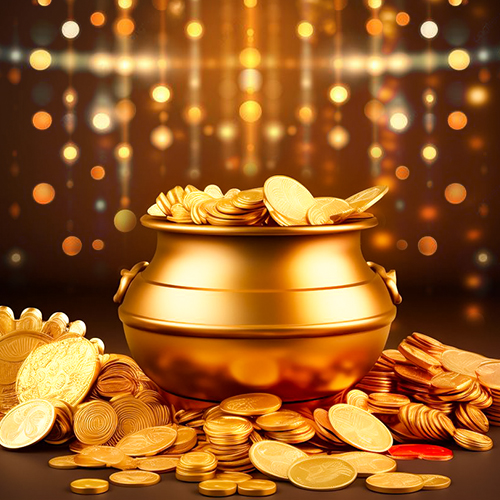
-in-Astrology.jpg)
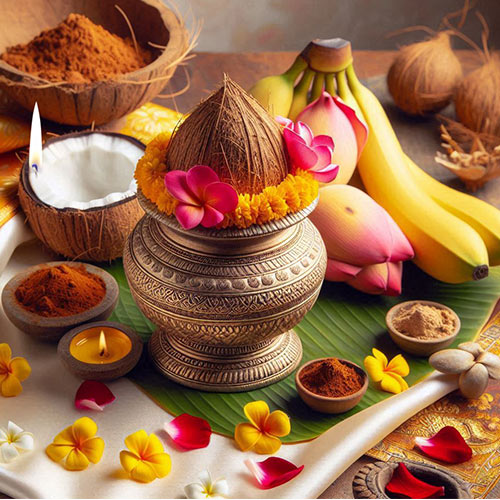
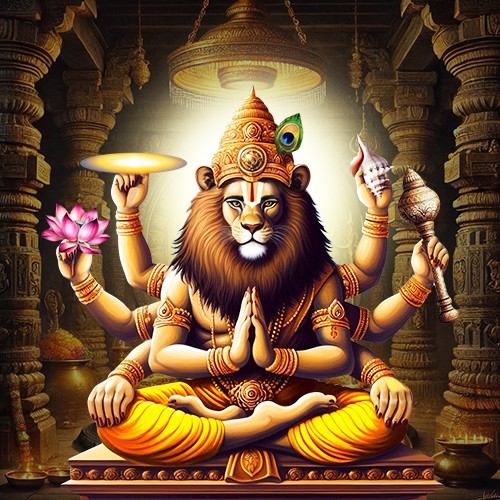
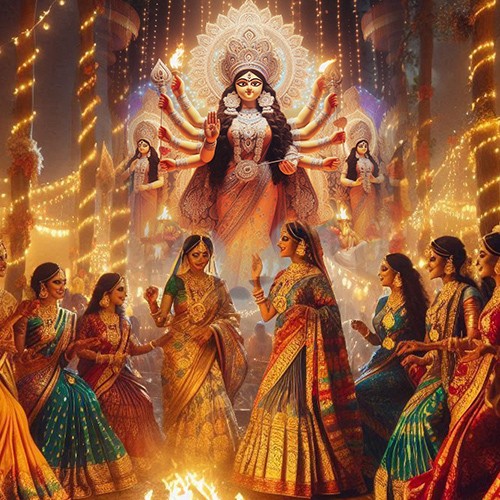
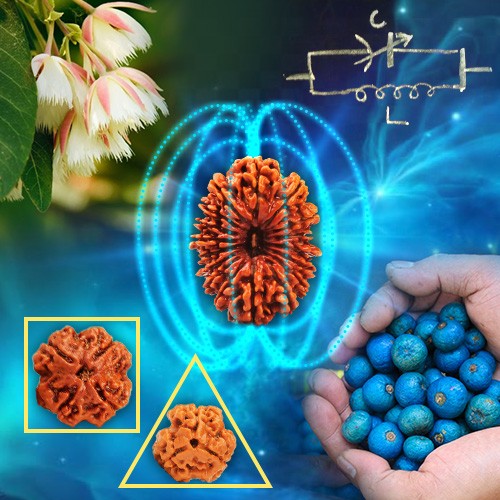

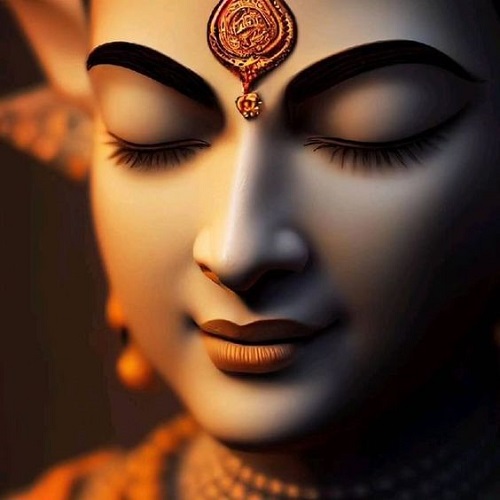
.jpg)
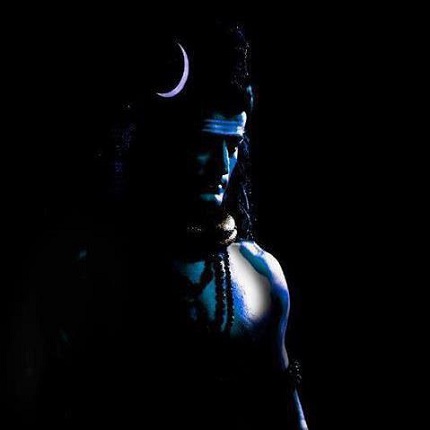
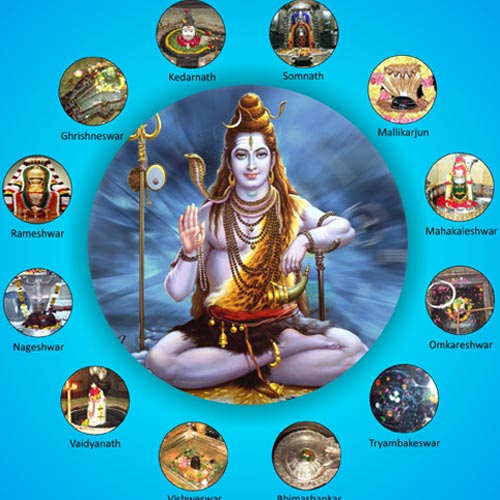
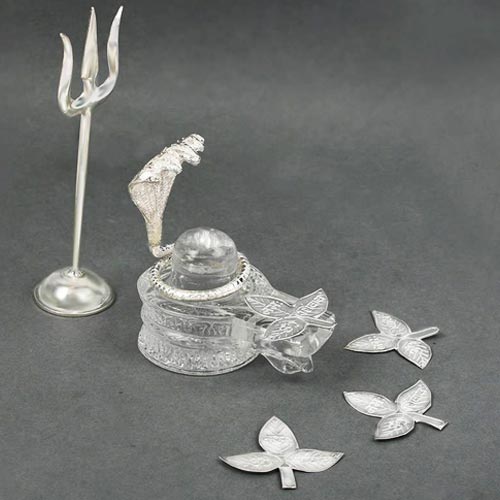
Comments 0
Leave your thought here